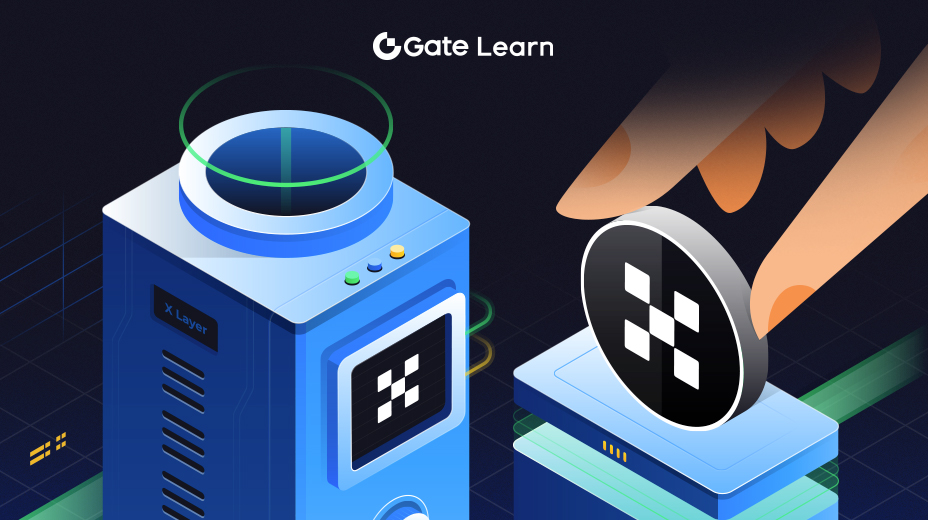Introduction to Aevo
This module provides an introduction to Aevo, covering its main components, key features, tokenomics, governance, security, and ecosystem integration.
Overview of Aevo

Aevo is a high-performance Layer 2 blockchain designed to enhance Ethereum by providing a decentralized platform for trading derivatives, such as options and futures. It was launched by the team behind Ribbon Finance, a well-established DeFi protocol known for its structured financial products. Aevo uses the Optimism stack to create an Ethereum Virtual Machine (EVM) rollup, which in turn, ensures scalability, efficiency, and security. The platform combines off-chain order books with on-chain settlement mechanisms to offer users an efficient trading experience while maintaining non-custodial asset management.
This platform’s architecture addresses the limitations of the Ethereum mainnet by increasing transaction throughput and reducing costs. Being a Layer 2 solution, Aevo processes a high volume of transactions efficiently, which, in turn, enables better derivatives trading. The use of off-chain order books facilitates high-speed trading similar to that of centralized exchanges, while on-chain settlement ensures the transparency and security typical of decentralized platforms.
Transition from Ribbon Finance

Aevo’s development is closely tied to the evolution of Ribbon Finance, back when the platform faced scaling challenges, due to the growing demand for its structured products and options vaults. In order to address these challenges, the team proposed merging Ribbon Finance into Aevo, creating a dedicated Layer 2 solution optimized for decentralized derivatives trading. This proposal was put to a governance vote and received overwhelming support from the community.
The transition involved migrating Ribbon Finance’s RBN tokens to AEVO tokens on a 1:1 basis in a rebranding effort that also integrated Ribbon Finance’s products under the Aevo platform, aiming to provide a more scalable solution for its users.
This governance-driven transition ensured that the changes were aligned with the community’s interests and the project’s long-term vision, including provisions for token holders to unlock their RBN tokens without penalty and migrate them to the new AEVO token, reinforcing RibbonDAO’s commitment to community and transparency.
Objectives and Mission
Aevo’s primary objective is to become the leading platform for on-chain derivatives trading. It aims to combine the security and transparency of Ethereum with the speed and efficiency of advanced Layer 2 technologies, including several key goals:
- Enhancing DeFi Capabilities: Aevo seeks to expand the capabilities of decentralized finance by introducing financial products that were previously impractical on Layer 1 due to scalability issues.
- Ensuring Security and Transparency: Using Ethereum’s security and implementing on-chain settlements, Aevo ensures that all trades are transparent and secure, mitigating risks associated with centralized exchanges.
- Decentralized Governance: Aevo emphasizes the importance of decentralized governance. This involves active community participation in decision-making processes, ensuring that the platform evolves in a manner that reflects the collective interests of its users.
- Professional Trading Environment: Aevo aims to cater to both professional traders and DeFi users by offering a high-throughput, low-latency trading environment. This includes features like advanced order types, deep liquidity, and efficient market operations.
- Facilitate Integrations: Aevo is designed to integrate with existing DeFi infrastructure. This includes compatibility with Ethereum-based wallets, decentralized applications (DApps), and other Layer 2 solutions, making it easier for users to transition and interact with the platform.
Highlights
- Overview of Aevo: Aevo enhances Ethereum with scalable and secure decentralized derivatives trading, using an EVM rollup.
- Transition from Ribbon Finance: Aevo evolved from Ribbon Finance to address scaling challenges, involving a token migration and rebranding of products.
- Objectives and Mission: Aevo aims to lead in on-chain derivatives trading, offering high throughput, low latency, and innovative financial products.
- Layer 2 Architecture: Utilizes off-chain order books and on-chain settlements to optimize trading efficiency and security.
- Decentralized Governance: Emphasizes a decentralized governance model to ensure community involvement in decision-making and protocol development.





